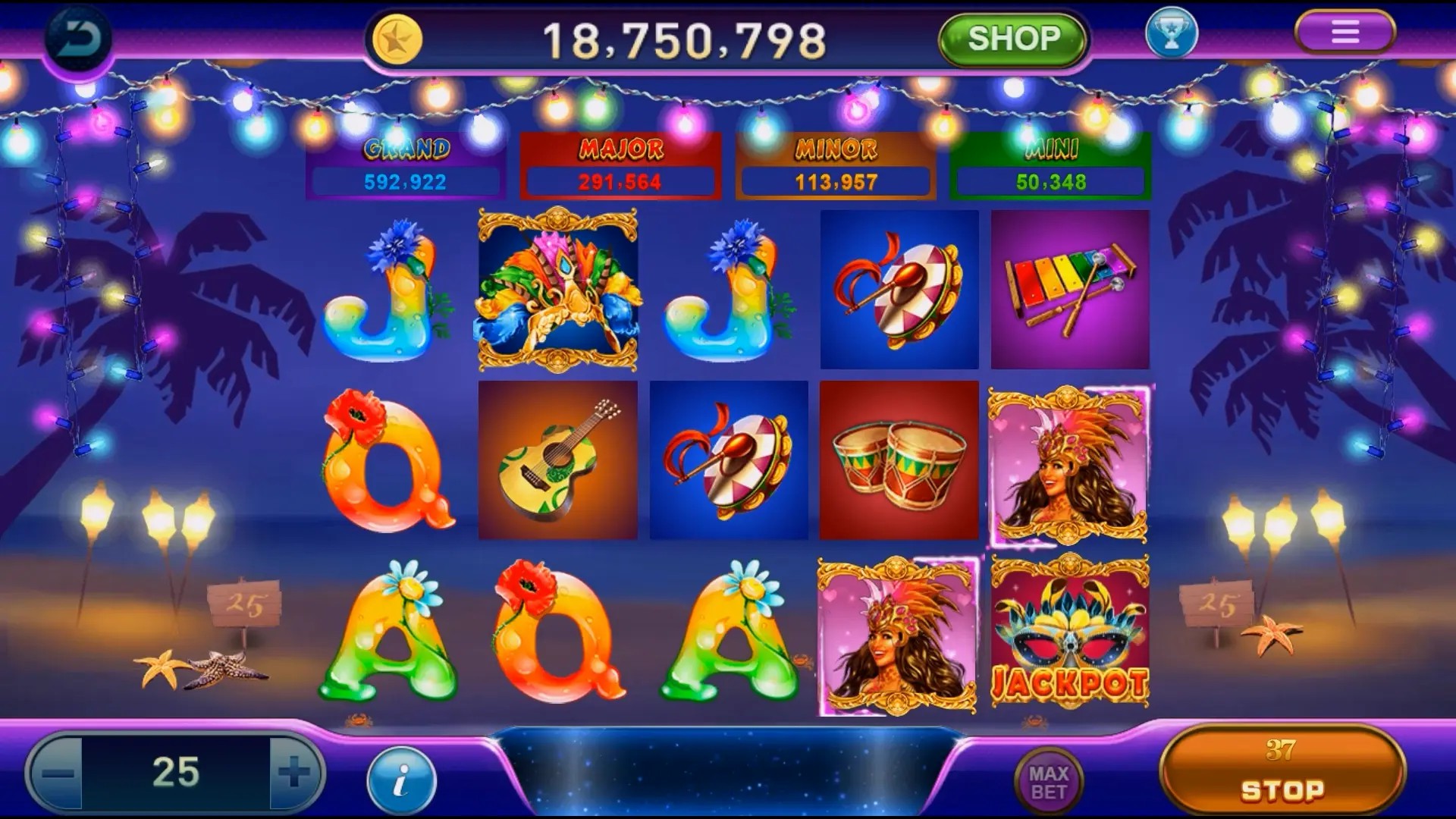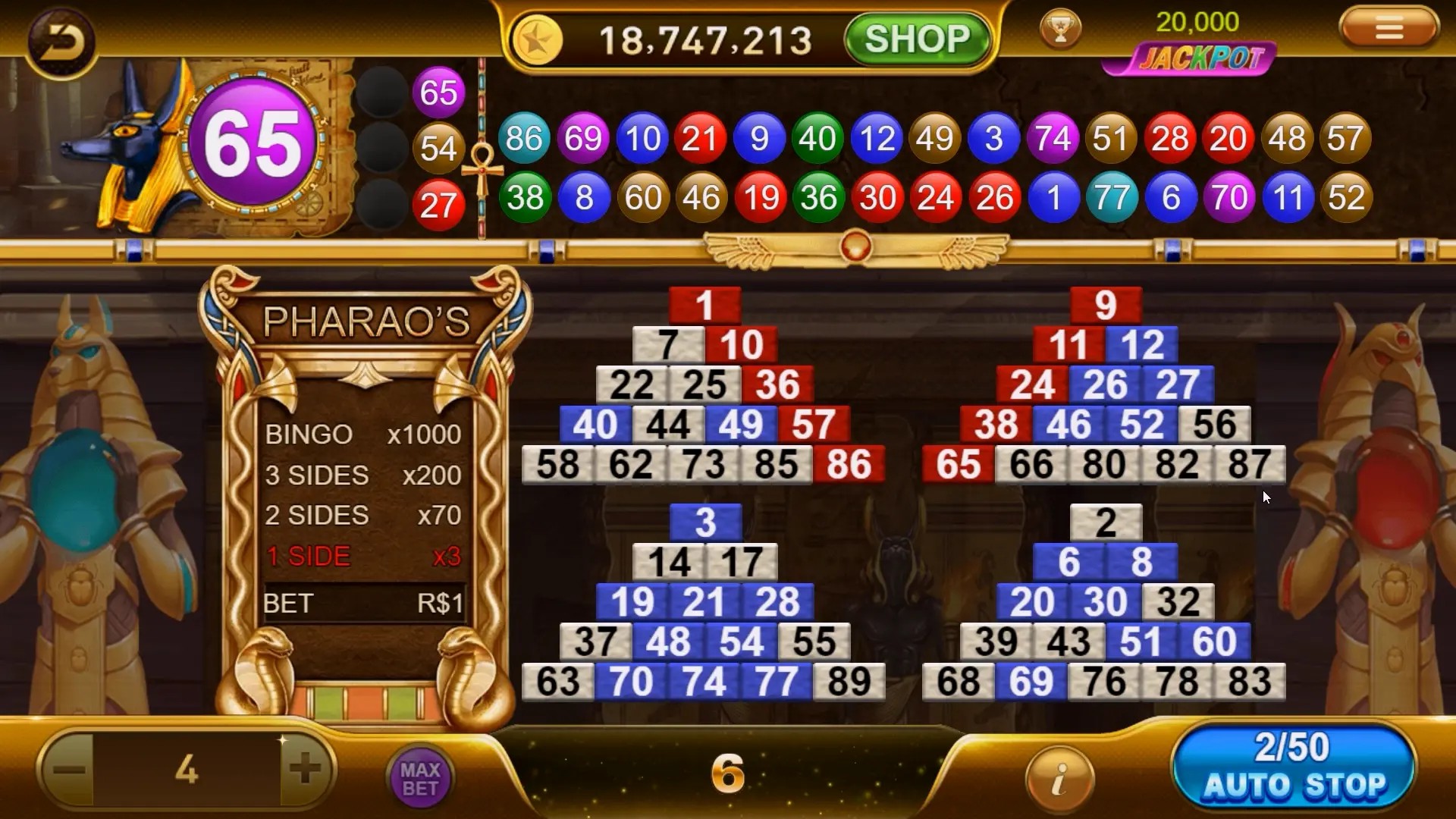Why Idle Games Are Revolutionizing the Way We Play: Exploring the Future of Gaming
In the rapidly evolving world of gaming, idle games have emerged as a transformative force, reshaping our understanding of play. These unique games captivate players, allowing for engagement even when they are not actively playing. As we delve into this topic, we will explore the innovations, appeal, and future of idle games. We'll also touch upon key gaming franchises like EA Sports FC 25, and discuss intriguing aspects like Delta Force cheats. Let’s dive deep into this revolution!
Understanding Idle Games
Idle games, sometimes referred to as "clicker games," have a simple premise: they run in the background, generating rewards without continuous input from the player. This fundamental aspect allows players to engage with the game's mechanics at their own pace. Whether it's collecting coins or upgrading characters, idle games emphasize long-term gratification over immediate rewards.
A Brief History of Idle Games
Idle games have origins dating back to the early 2010s, with titles like Cookie Clicker paving the way. These pioneering games combined catchy visuals with addictive mechanics. Today, they have blossomed into a diverse genre, ranging from simulation to role-playing.
Why Are Idle Games So Addictive?
- Instant Gratification: Players witness their progress in real-time.
- Low Commitment: No need for long sessions; they can be played in short bursts.
- Strategic Planning: Players can strategize upgrades and resources.
The Mechanics Behind Idle Games
At the core of idle games lies a delicate balance of automation and player choice. Players often start with minimal resources, which multiply over time. This typical flow encourages players to regularly check in, cultivating a sense of ownership and progression.
Case Study: Gaining Popularity
Take a look at how AdVenture Capitalist skyrocketed to fame. Players took control of a capitalist empire, investing in various businesses. The thrill of watching profits grow, coupled with engaging stock market facades, became a massive success story emblematic of the genre.
Idle Games vs. Traditional Games
While traditional games often require intense focus and dedication, idle games create a paradigm shift. The casual nature of idle games allows them to fit seamlessly into a player’s lifestyle. But how do they stack up in terms of engagement?
| Features | Idle Games | Traditional Games |
|---|---|---|
| Engagement Style | Passive | Active |
| Time Investment | Low | High |
| Accessibility | High | Varies |
Emerging Trends in the Idle Game Genre
As technology evolves, so too do idle games. Enhanced graphics, real-time multiplayer interactions, and incorporation of augmented reality (AR) are just a few innovations we're witnessing.
Future of Idle Games: What's Next?
Will idle games continue to capture the hearts of players worldwide? With an expanding player base, thanks to social media and viral marketing, the future looks bright. Studios are also likely to tap into existing franchises like EA Sports FC 25, integrating their mechanics to attract new players. Imagine a football simulation game that rewards you even while you're away!
Cheat Codes and Strategies
The thrill of gaming often parallels with the excitement of discovering cheat codes. For instance, Delta Force cheats can enhance experiences in competitive FPS environments. Similarly, idle games may also feature hidden hacks that boost player progression without the time investment.
Community and Social Interaction
Idle games often forge communities around shared experiences and progress. Players connect on various platforms, sharing strategies and achievements. This communal approach fosters a sense of belonging, enriching the gaming experience far beyond simply playing alone.
The Impact of Mobile Gaming
With the advent of smartphones, idle games found a new home. Players can engage with games anywhere, anytime. The mobile format enhances accessibility, expanding the genre's popularity.
The Role of Monetization in Idle Games
Monetization remains a crucial aspect of the gaming industry. Idle games typically utilize in-app purchases, offering players the chance to speed up their progress. While this can sometimes lead to frustration, savvy developers balance profitability with player satisfaction.
Listener Feedback: What Players Are Saying
Player feedback has been overwhelmingly positive. Many players appreciate the low-pressure environment and the sense of achievement that idle games provide. Some claim it's the perfect way to unwind after a long day. Others, however, feel the games could benefit from deeper mechanics without losing their essence.
Conclusion: Embracing the Revolution
Idle games are here to stay. They offer a refreshing experience in modern gaming, balancing engagement with ease. As these games continue to evolve, integrating elements from traditional games and capitalizing on technological advancements, they prepare us for the future of play. Even as new trends emerge, the core of idle gaming—the thrill of watching progress unfold—is what will keep us hooked. So, are you ready to embrace this revolution?



